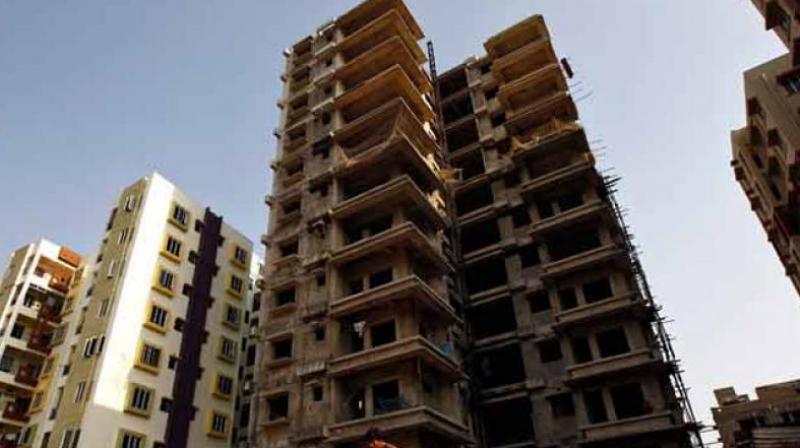Pak Punjab's changing dynamic of urbanisation

Predictably, most of the critical and laudatory attention during the government’s first month in power has focused on big-ticket issues such as austerity, economic stabilisation and foreign policy directions. In contrast, there is less clarity on its policy agenda in the province of Punjab.
So far, we’ve heard half-hearted communications about a new budgetary framework, revisions to the Annual Development Plan (ADP), a new local government act that is due to be approved next week, and a broad indication of improving intra-provincial disparity. Worryingly, missing from the conversation in both the campaign period and in the weeks after taking office is a defined vision to manage urbanisation and urban development.
In the absence of other detailed sector strategies, it might be considered reasonable that the government will explicate its urban vision later on, once the settling in process is over. However, I would argue that, given the nature of Punjab’s demographic and economic growth, urban development needs to be front and centre for any provincial development strategy.
The fact that urbanisation figures are systematically under-recorded is now widely appreciated. Our census may tell us that only 37 per cent of Punjab’s population resides in urban areas, but that is simply a function of how census administrators classify different settlements. Reza Ali’s estimates from the early 2000s placed the figure closer to the 50 per cent mark if variables like connectivity, livelihoods and general population density were considered.
Between 1998 and 2017, Punjab’s “Big 5” cities — Lahore, Rawalpindi, Faisalabad, Multan and Gujranwala — posted a population growth rate of over 60 per cent, with Lahore and Gujranwala doubling (or nearly doubling) in size. There is also increasing reason to believe that population growth is skewed in favour of the biggest cities due to their comparatively more vibrant economies, educational opportunities, and higher standard of living. This is precisely why a significant section of big-city population growth in the last two decades has been driven by migration, considering that fertility rates have declined in these centres.
The challenges posed by rampant urbanisation are numerous, and require clarity of recognition and prescription on the government’s part. Arguably, the biggest of these is a dysfunctional housing and land market, which limits both social mobility and economic growth.
Put simply, many people want to buy homes and build an asset but the market does not cater to them at their price point. There are several reasons for this, most of all rampant speculation that drives up the exchange value ('investment' advantage) of real estate. Real estate serves as a convenient parking lot for cash and offers returns incomparable to other investments. Concurrently, the private sector builds its schemes with a view to attracting expatriate capital and other investors, rather than meeting the needs of potential home-buyers. To give a scale of the crisis, a house that falls in the 50th percentile of real estate value and liveability in a large city in the US normally costs five to six times that city’s median annual income. In Lahore, a house at the same position in the value-ranked distribution would cost at least 10 times (if not more) of the most generous estimate of median annual income.
The land problem is not just one of housing shortage; it also plagues viable commercial and industrial development. Zoning laws are restrictive or bewilderingly obtuse, while many companies regularly complain about the lack of decent office space for service-sector enterprises. One outcome is that firms are less likely to grow, given that the unavailability of space acts as a strong ceiling on size.
Finally, a government committed to improving living standards would also have to look at how a city’s infrastructure interacts with its demographic profile. With 60 per cent of the country under the age of 34, are our cities geared for young people? In particular, can they cater to the slow but steady process of joint family fragmentation and migration-based atomisation of households? Will they ever cater to the small but growing number of women in the labour force, who want a more responsive and safer real-estate market, a more considerate public transport system and more welcoming public spaces? The market’s filling some of these gaps but they are too few and still too stratified by class.
The government has signalled some intent on a couple of issues, such as opening up government buildings as public spaces and building low-income housing. The problem so far is that these sound as stand-alone interventions, devoid of a larger agenda that addresses crucial structural blockades like the lack of regulation in real estate, the absence of a secure land titling regime, and the continued opaqueness of planning infrastructure. Many of these steps will eventually require battling out entrenched interests - a task, which unfortunately at this point, the government does not seem too willing to undertake.
By arrangement with Dawn

